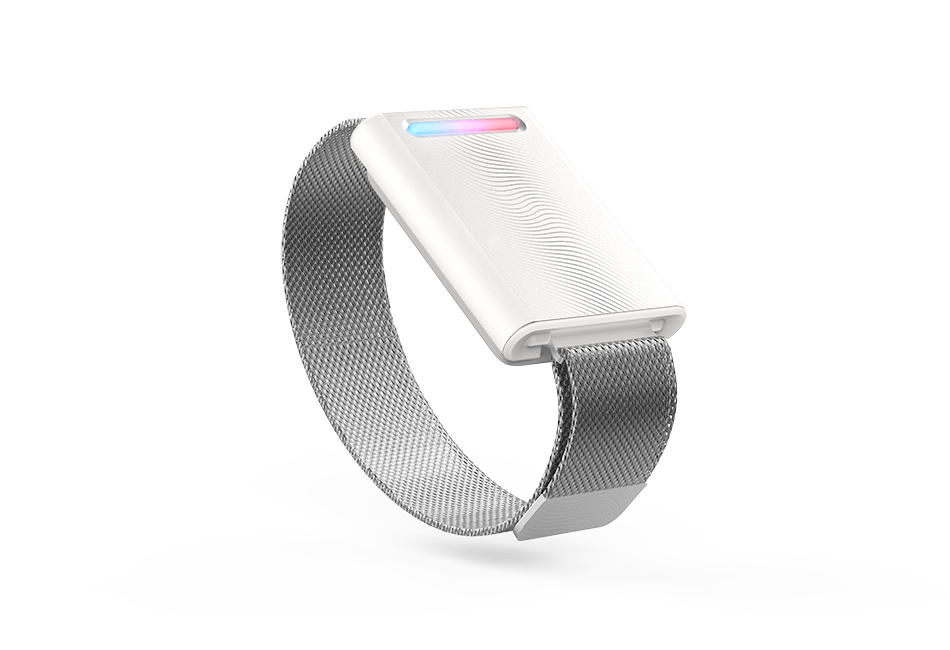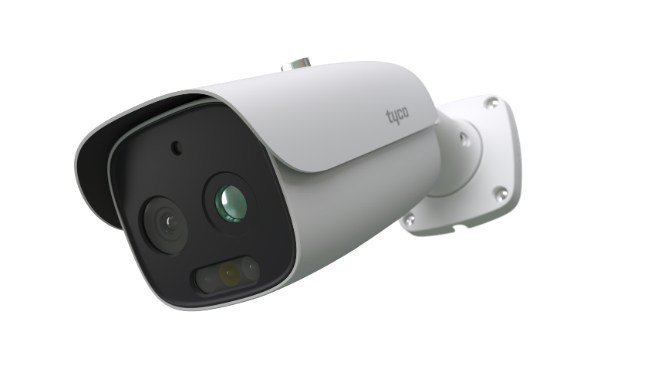Tips for Maintaining Safety Apparel as a Roadside Worker

Hi-vis safety apparel makes the wearer highly noticeable to traffic and machine operators on a site. If you’re a roadside worker using safety gear daily, your apparel’s visibility can diminish from external factors like UV exposure, debris, and normal wear and tear. This is why routine maintenance is necessary. Ensure proper care of your roadside armor by exploring these tips for maintaining safety apparel as a roadside worker.
Remove Stains
If you allow stains to harden or linger, they have a higher chance of altering the color of your safety gear. Use a soft sponge or cloth to loosen dirt and debris from the material to avoid permanent damage and make the cleaning process easier once you transport it to the washer. Be mindful of using harsh cleaning agents that damage the fluorescent pigments in your safety apparel. Steer clear of using bleaches or fabric softeners.
Use Cold Water
It’s common to use hot water as an effective way to remove stains, but the high temperatures can ruin the adhesive used to secure reflective tape to the fabric. Hot water can also inhibit the fluorescent dyes from absorbing and emitting light. Furthermore, extreme temperatures can weaken the fibers in your safety apparel, which dims the visibility of the fabric and shortens its overall life span. If a load requires warmer water, be sure to set it on the lowest degree of heat possible.
Use Gentle Drying
Another tip for maintaining safety apparel as a roadside worker is to avoid wringing your safety apparel by hand or placing it in the dryer in a high-heat setting. The wring method for drying your safety apparel can damage the adhesive and reflective properties of the fabric and the reflector tape. The gentlest drying method for safety apparel is to hang it on a line to air dry. If you must place safety apparel in the dryer, you should set the machine on low heat. Additionally, your hi-vis gear should only go in a load with soft material clothing.
Washing safety apparel requires specialized care to preserve the fluorescent dyes and the adhesiveness of retro-reflective tapes. The mechanical handling of washing your safety apparel also requires care to avoid damaging the microscopic glass beads used for reflection in the material. Be mindful of the washing instructions on the tag inside your safety apparel and replace your gear as required.





